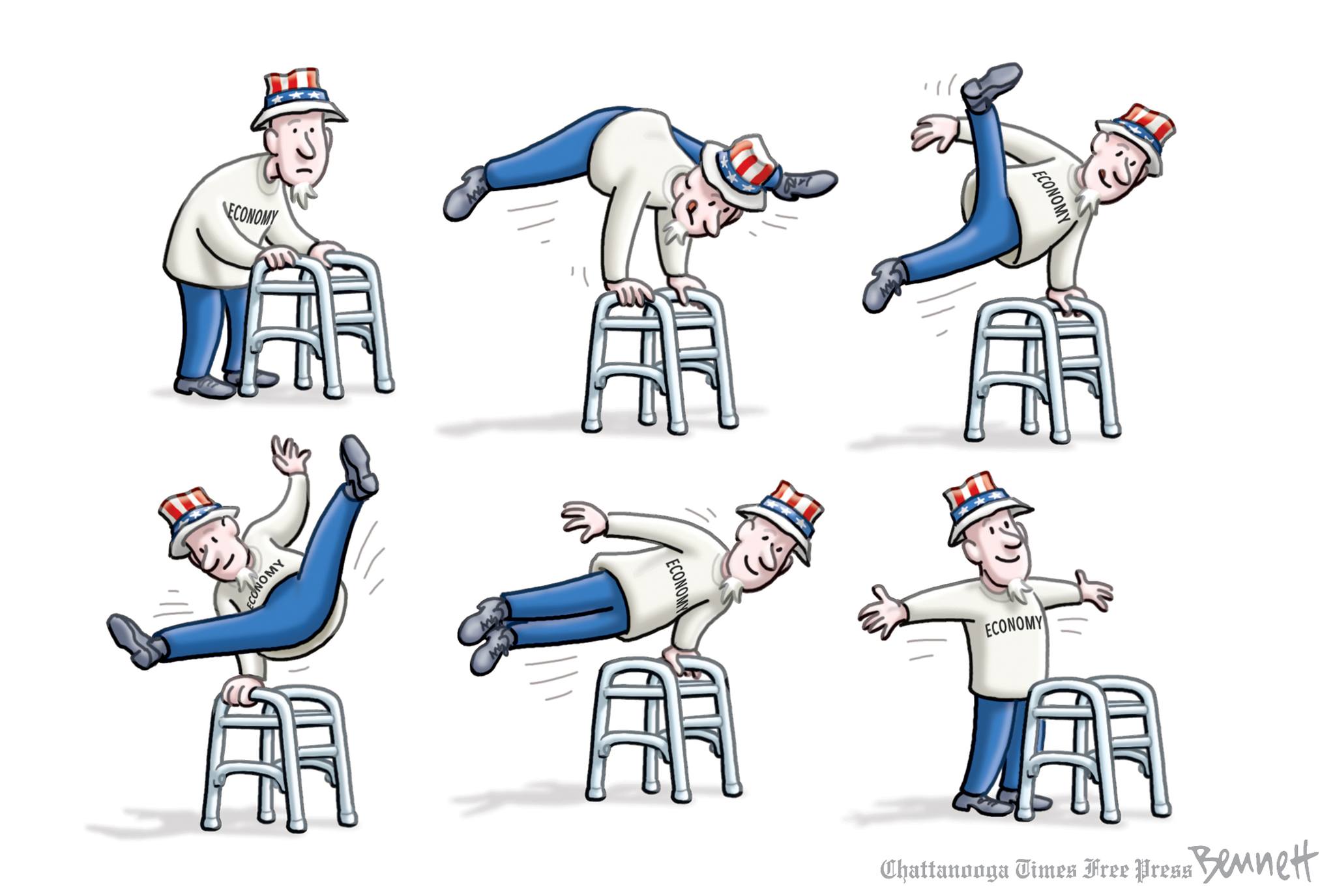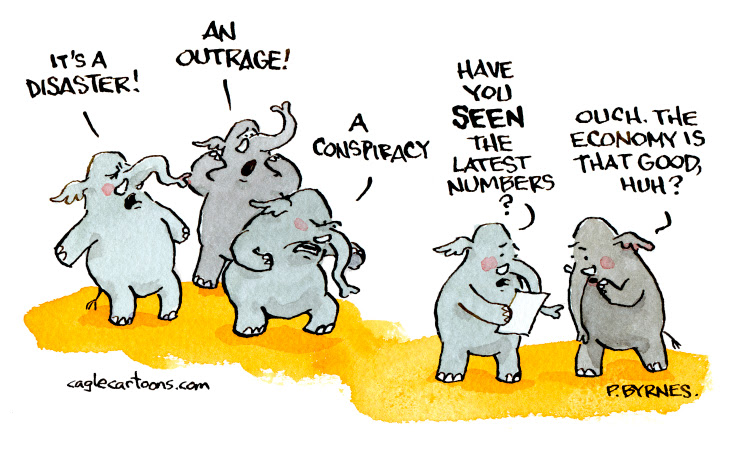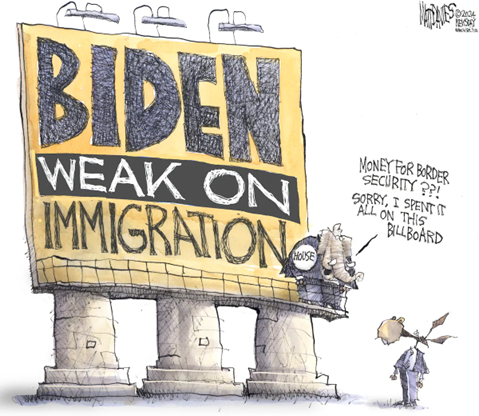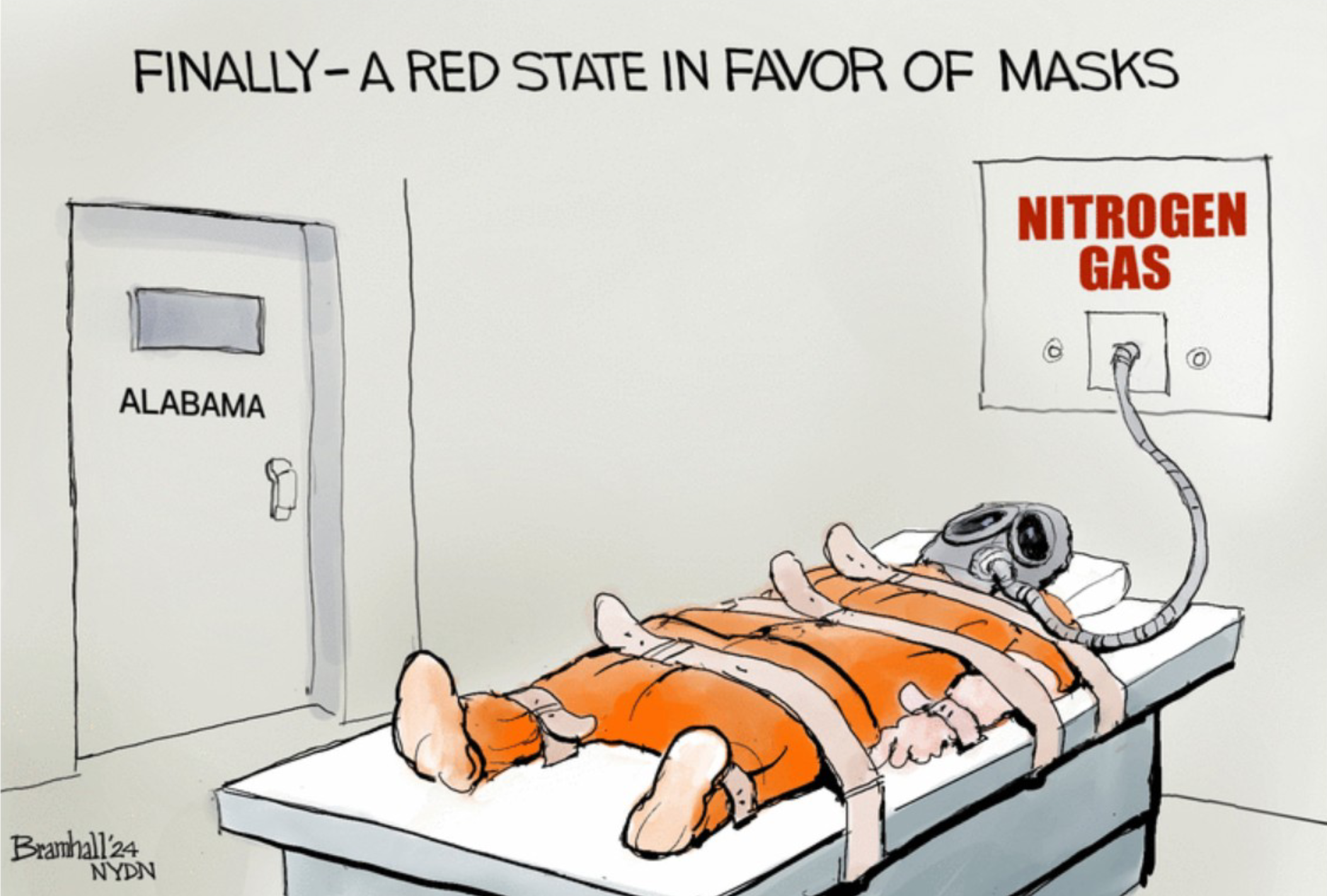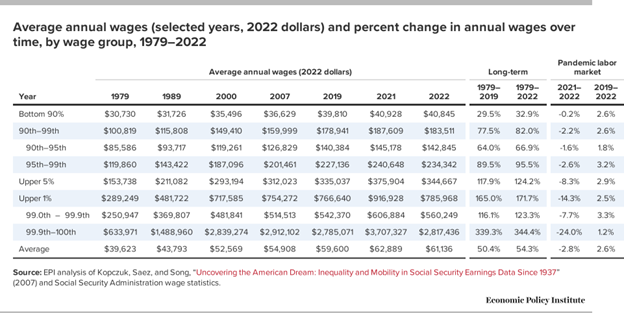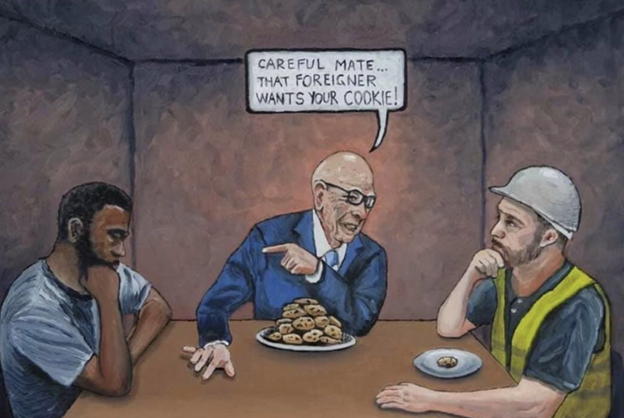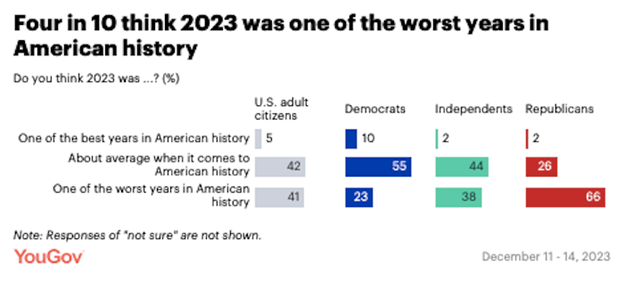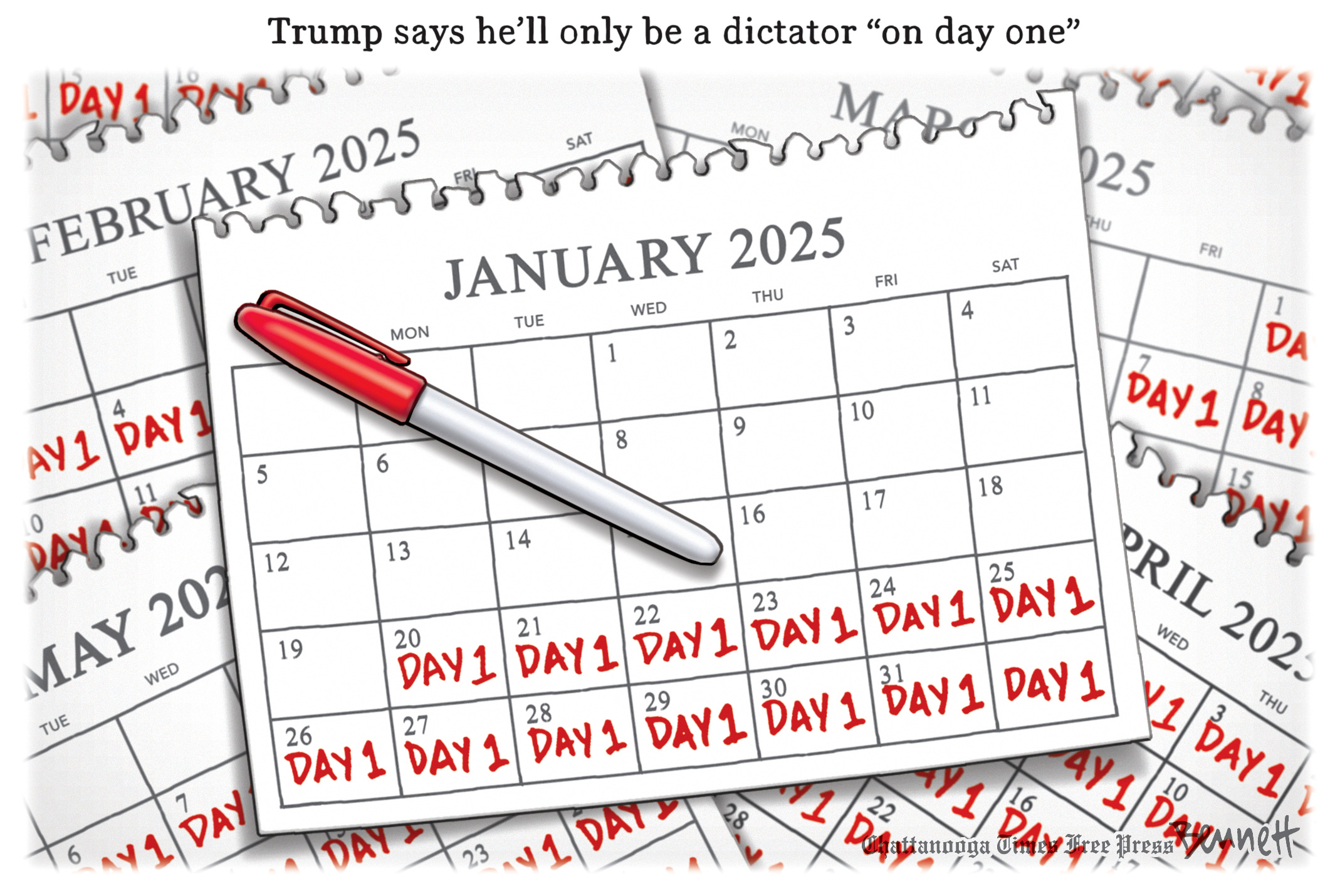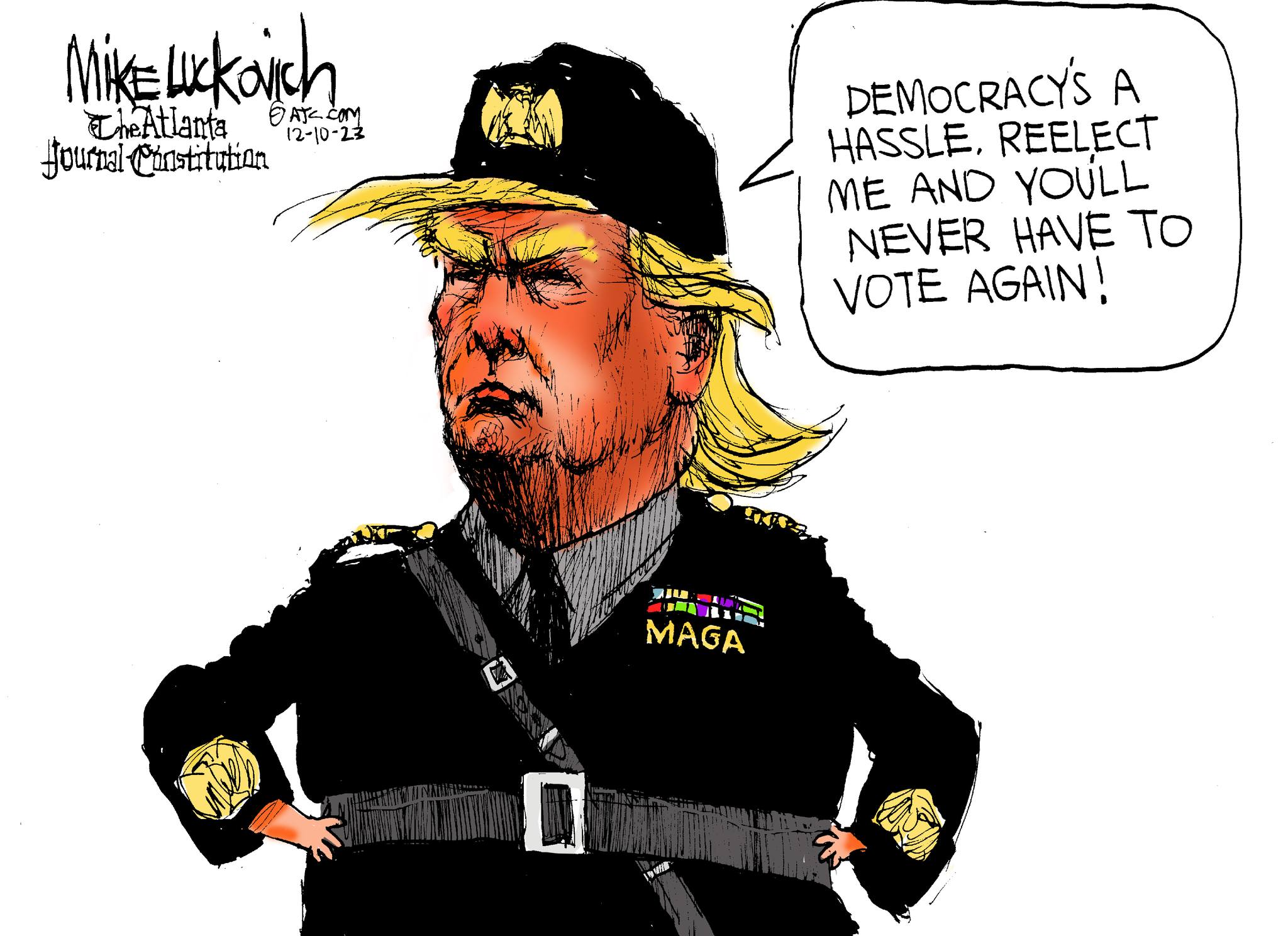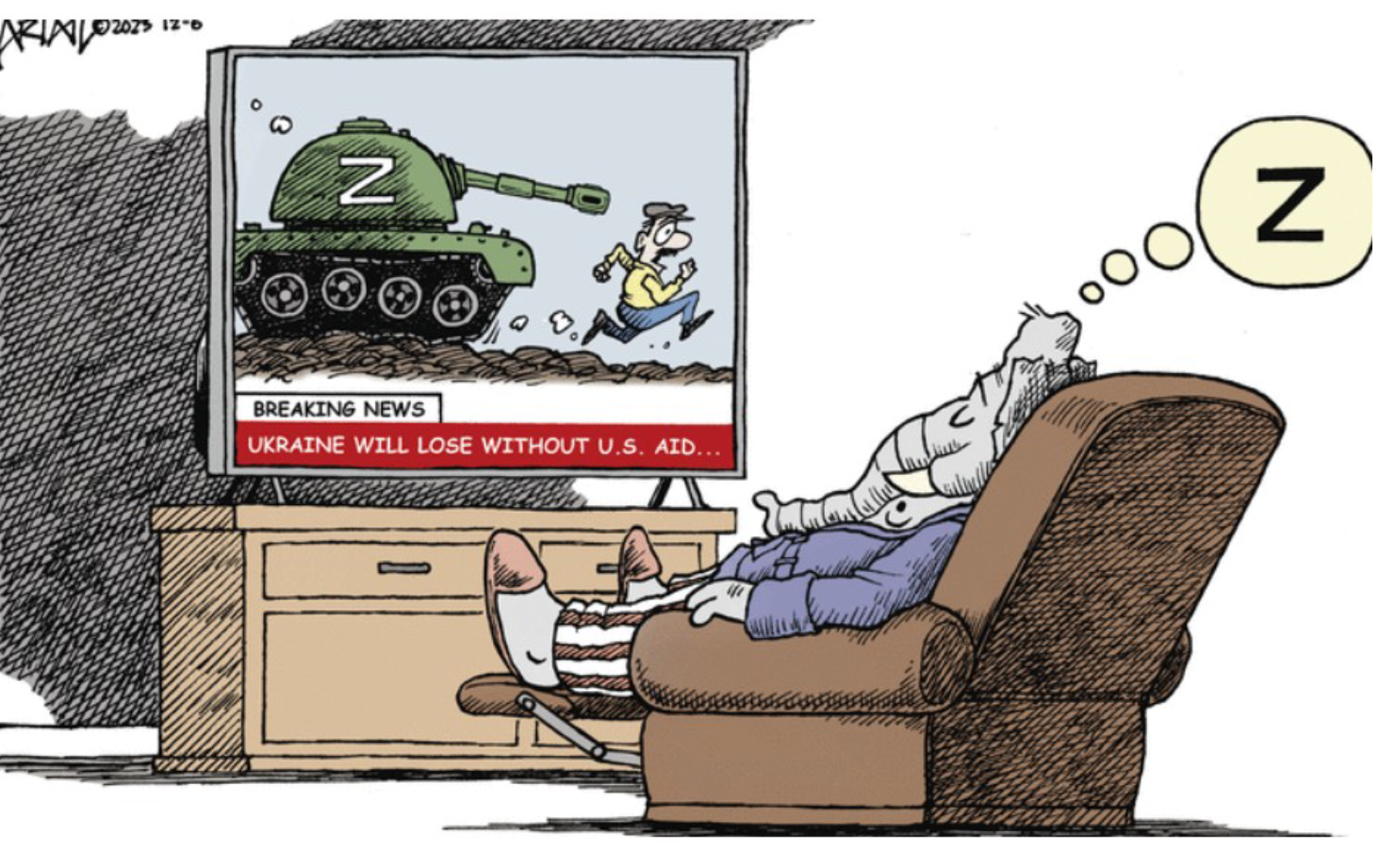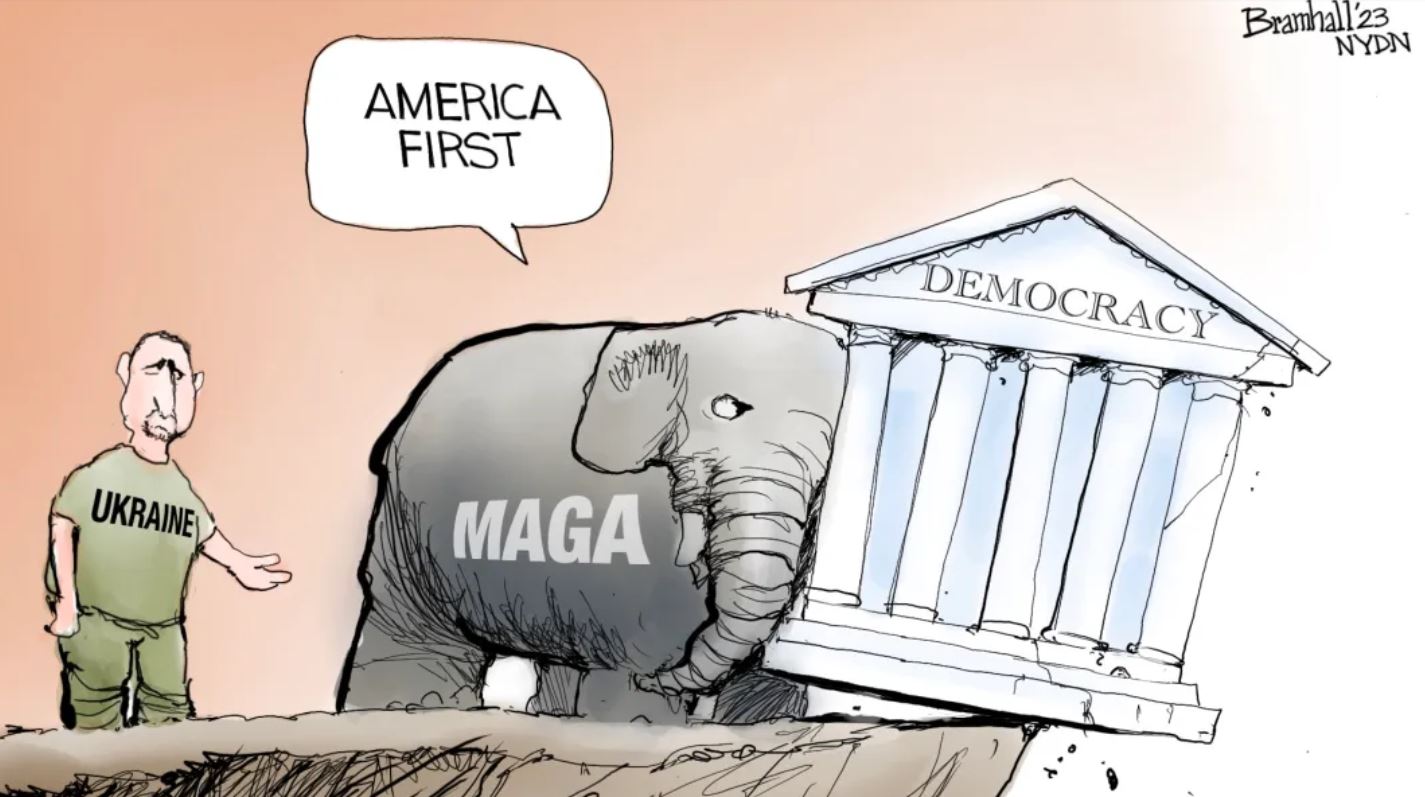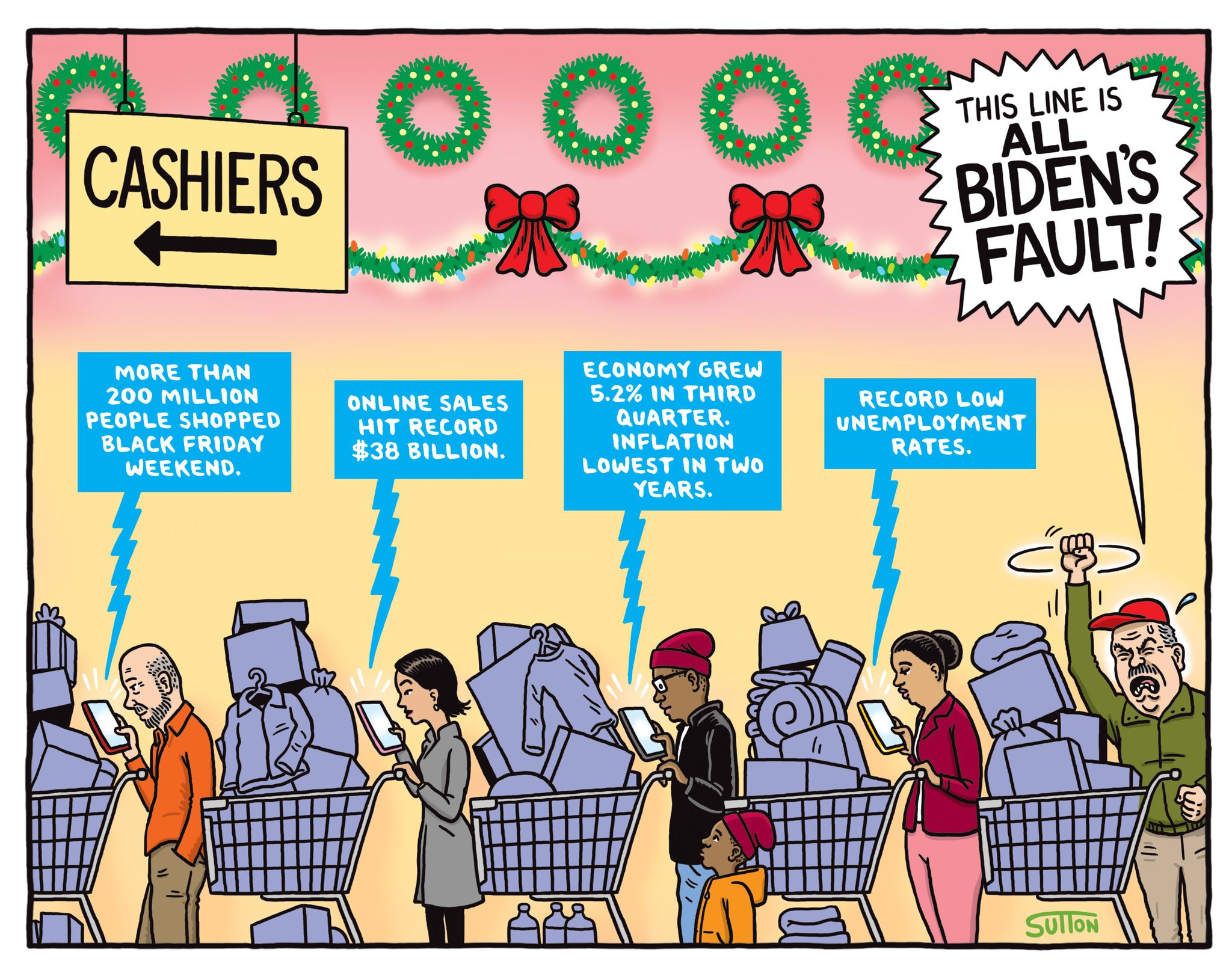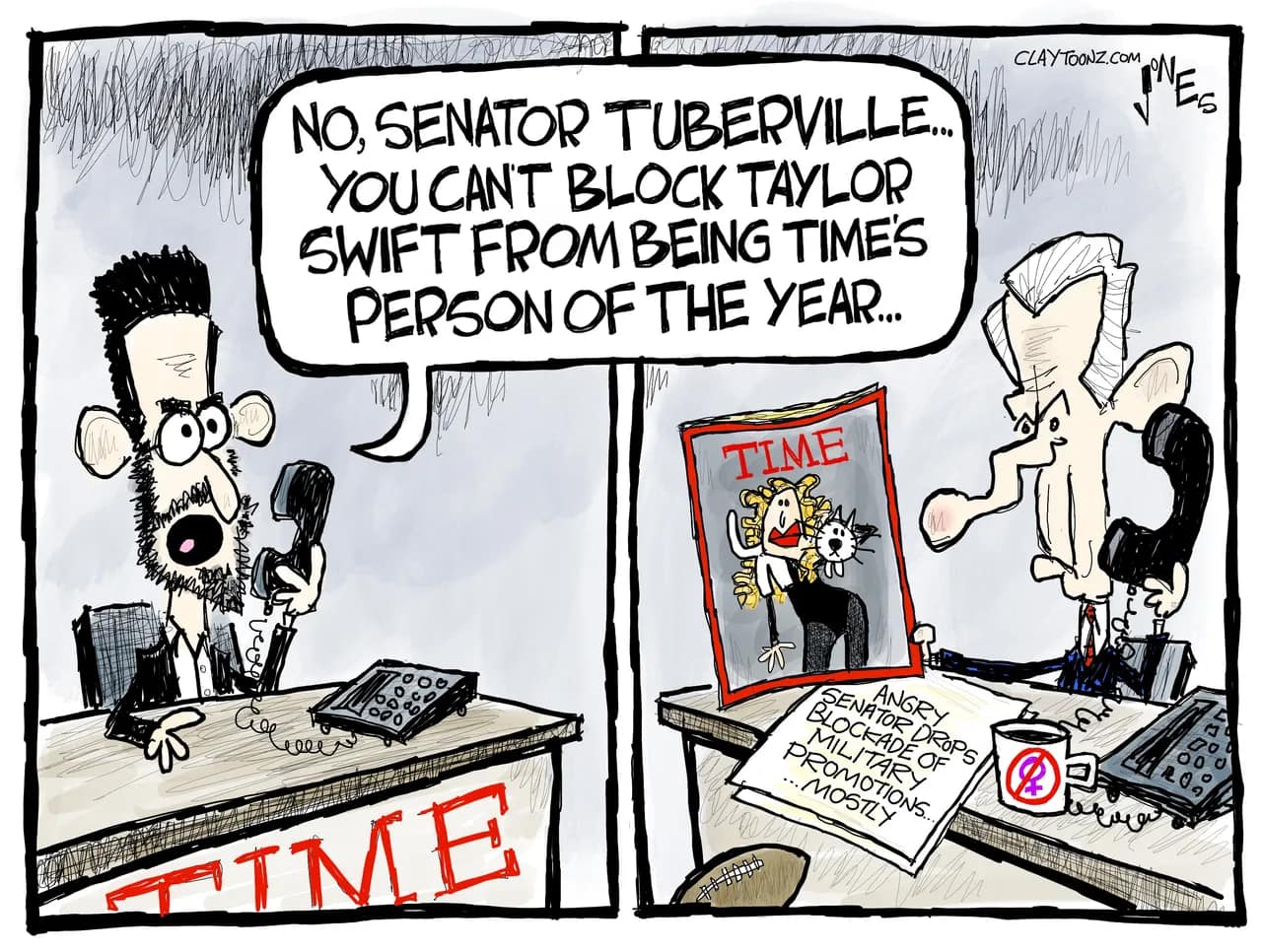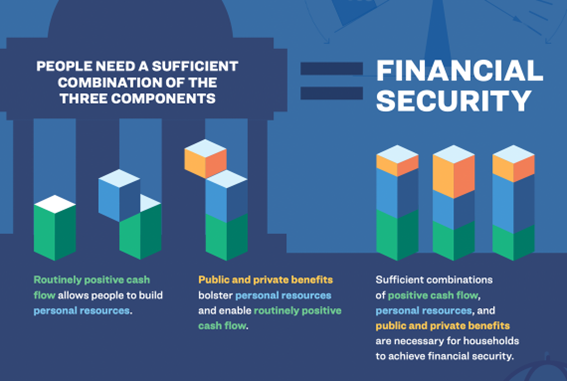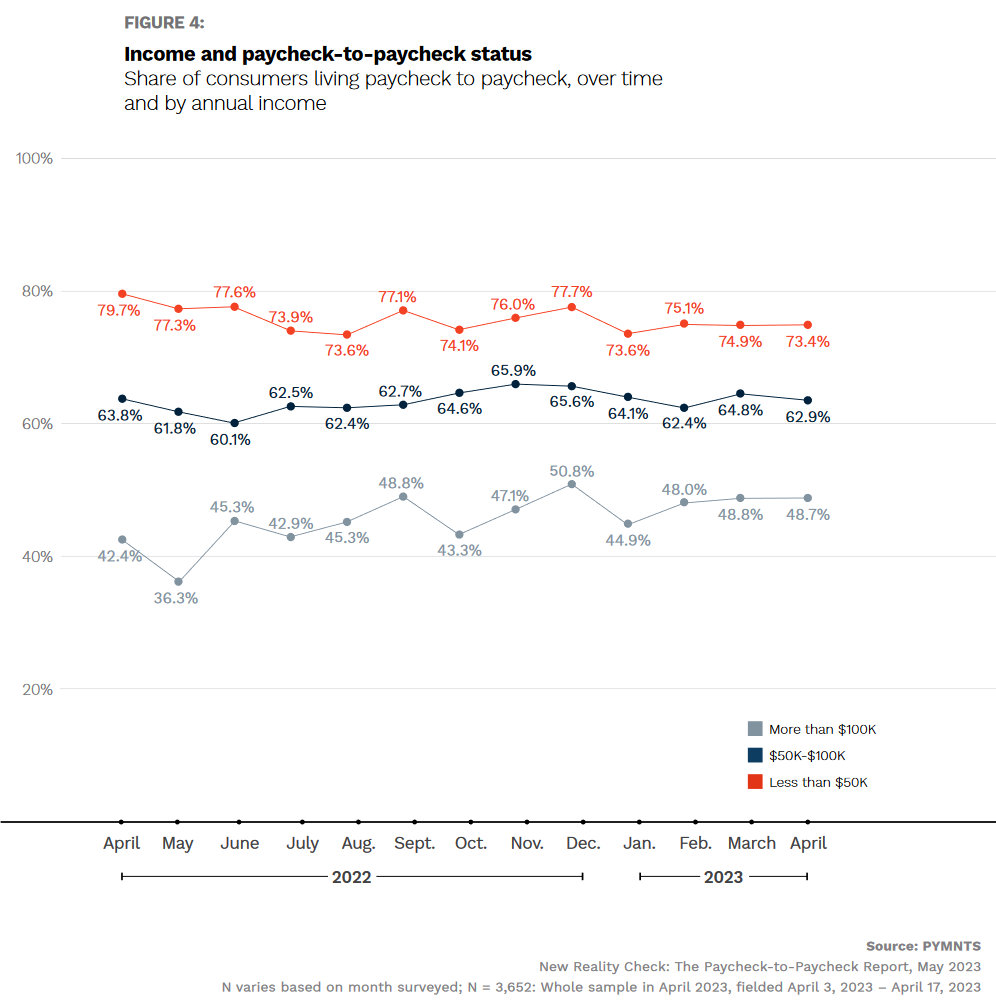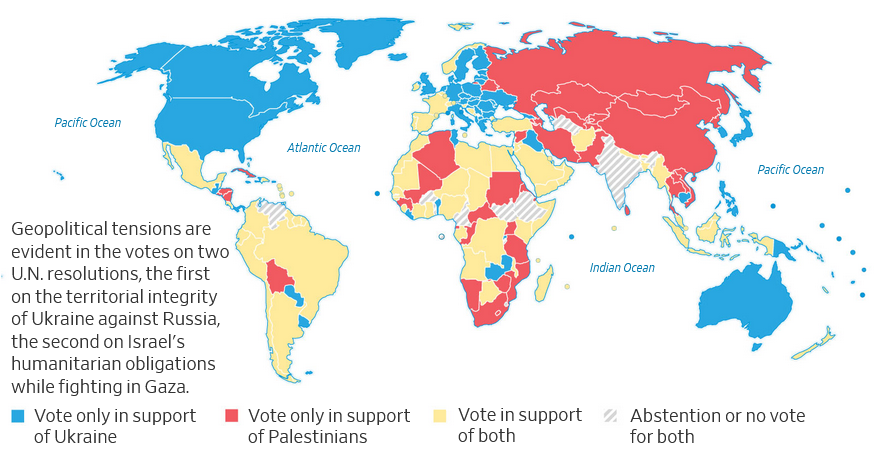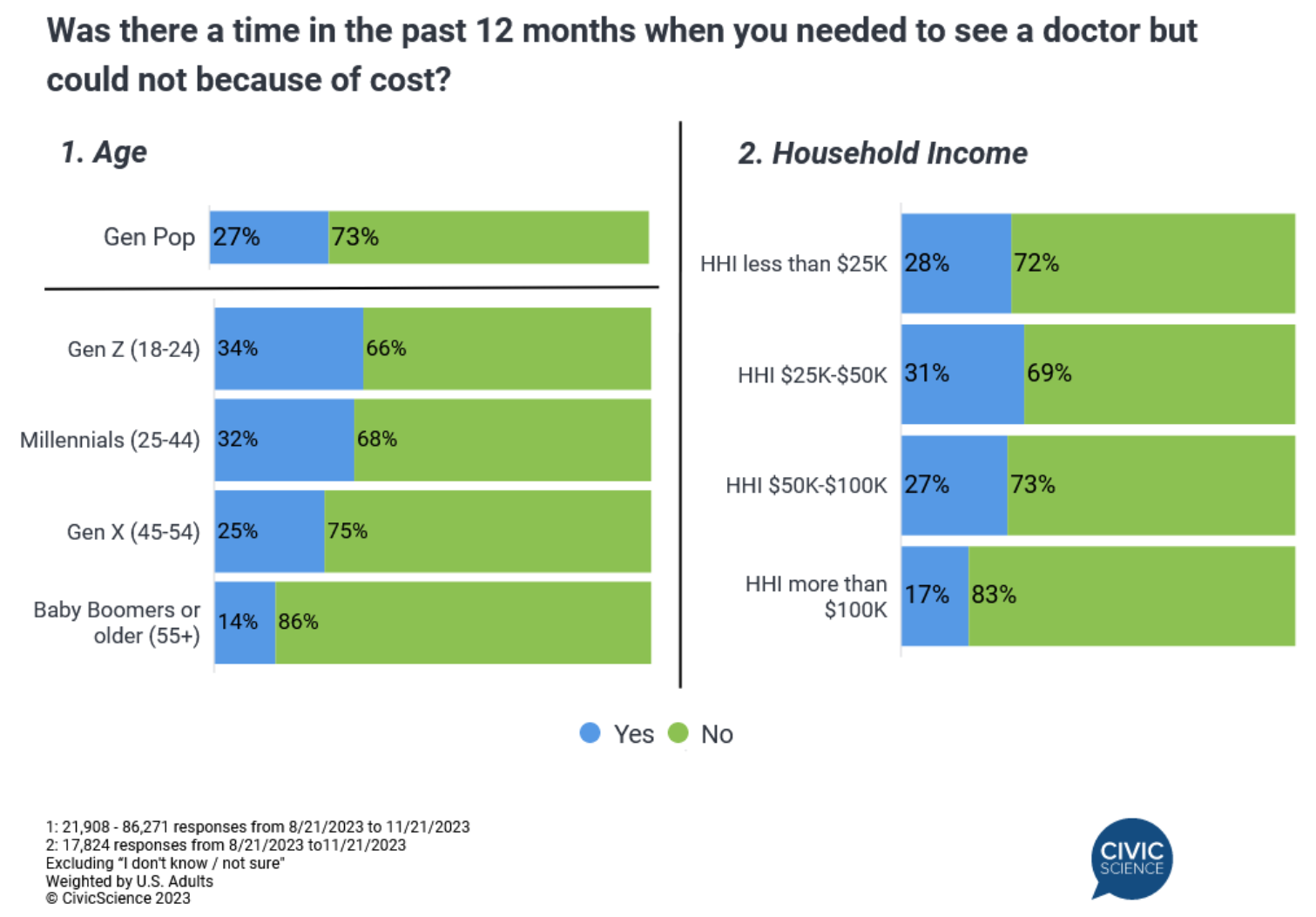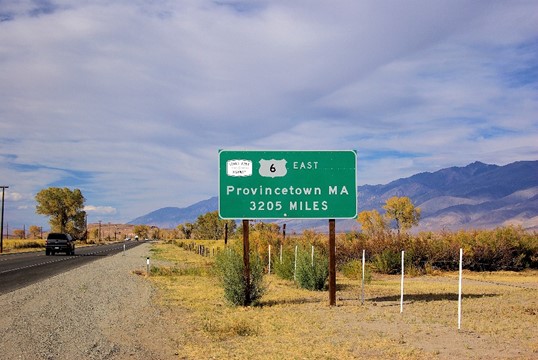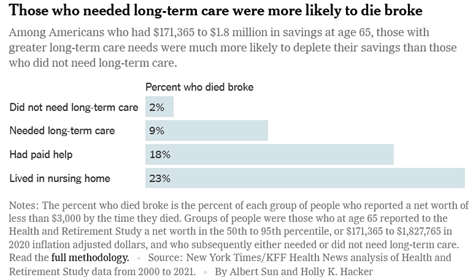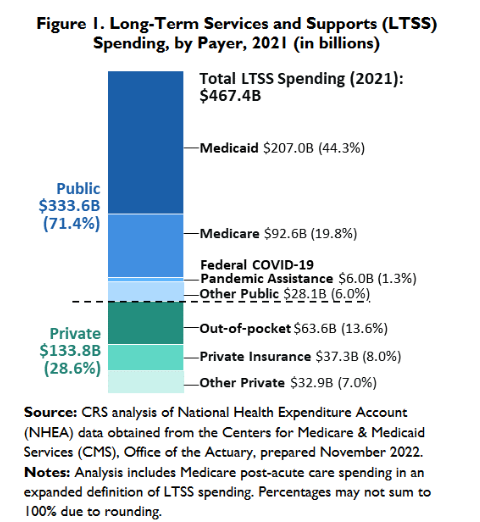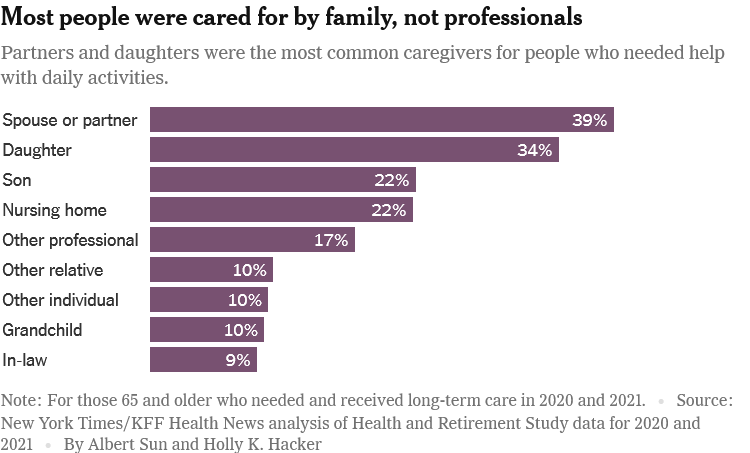The Daily Escape:

After the storm, Southern AZ – February 2024 photo by Leila Shehab
Welcome to the Monday Wake Up Call. Let‘s start with a quick review of the South Carolina Democratic primary: Biden won. He swept every county, garnering 96% of the vote overall and 95% or better in every county. At the watch party, people were headed out the doors less than an hour after polls closed. Here’s an MSNBC screen grab that says it all:

With the Biden vote so dominant and the race so noncompetitive, turnout was low, at 131,000. In 2020, with no competitive Republican primary and 12 Democrats on the ballot, 536,949 people voted. That means we didn’t learn very much about voter engagement for 2024.
And once again, the advance polling couldn’t be trusted. Here’s what Emerson College found on Jan. 5, 2024 just four weeks prior to the primary:
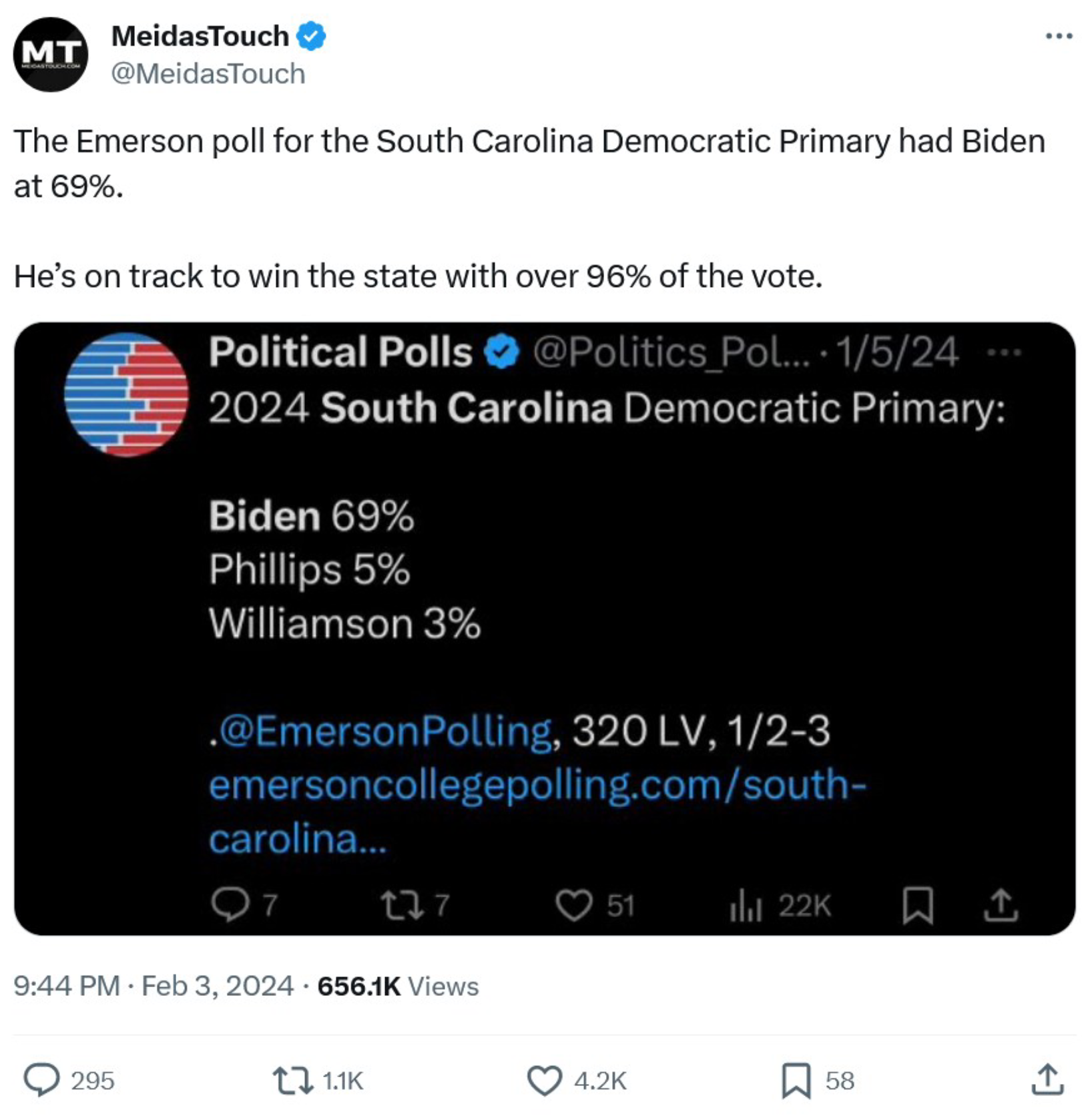
This meant that there were 23% undecided in early January. We all know that there are months to go before the general election this fall. It seems certain that Biden and the Democrats are currently testing the effectiveness of messages across the various voting cohorts in the US.
Democratic politicians and MSNBC pundits keep hammering on Trump’s threat to democracy. But how to tell the story about Biden’s first term in ways that normal people can understand? Is the implied threat of an authoritarian takeover by Trump enough to propel turnout in the fall? Or should the message focus on how much better off people are three years on from Trump?
The continued strength of the broader economy is finally starting to break through to people’s consciousness. But Biden and the Democrats still have to sell the Biden recovery and not flinch from fears that voters won’t buy it because they don’t feel it. Anat Shenker-Osorio famously said in an article in 2017 for The Hill, that Democrats shouldn’t just take the country’s temperature, they should change it.
Ezra Klein offered thoughts about American’s need to vote for stability:
“Biden and his allies are framing this election as order against chaos. The party that gets things done against the party that will make America come undone.”
More:
“…Democrats are right that voters are craving stability. But…Trump is leading in many polls because voters believe that he is the one who might offer it. What Trump is pitching….is a push for order — ‘I am going to be the one who secures the border. I’m going to be the one that cracks down on crime. I’m going to be the one that tries to stabilize your prices.’”
More:
“I’ve struggled with this portrayal of Trump as the candidate of stability. I doubt it can survive the gale-force winds of the actual campaign he will run, of the things people will hear and see from him when they tune in to the election.”
Finally:
“…Democrats are having trouble persuading voters of their central pitch: that they are the party of stability. It does not feel like a stable time. It is not Biden’s fault that the world is tumultuous. But that does not mean he will not be blamed for it.”
That’s where Wrongo parts ways with Ezra. He’s not certain that voters who yearn for stability will cast their lonely eyes on Trump. Think about how effective Nikki Haley’s message is that chaos follows wherever Trump goes. Trump’s base isn’t buying that, but that criticism was successful for Haley with Independents in New Hampshire, and will be effective with the “never Trumpers”.
As far as what will motivate 2024 voters to turn out? Wrongo is struggling with how to balance the need to defend America from the authoritarian Right and the kitchen table issues. Wrongo was in high school when the John Birchers were insisting that the threat of creeping communism required a militarist leader to keep America safe. That led to the Republicans nominating Barry Goldwater, at the time a member of the radical Right. The Birchers’ Republican heirs today have moved beyond Goldwater. They hunger for a fascist strong man.
Do average voters see this threat, or are they fretting so much about overpaying for their rent and groceries to care?
And the stability argument resonates with Wrongo. This Sunday brings the Super Bowl, which used to be the one television event that would still unite America. But a significant minority of Americans now think it’s a PsyOp to make Trump lose the election. Klein says in his article that:
“The cliché used to be that Democrats fell in love and Republicans fell in line. The reality, in recent years, has been that Democrats fall in line and Republicans fall apart.”
Time to wake up America! The choice whenever voting starts in your precinct this fall is between chaos and stability. We must stay obsessed with turning out Independents and unaffiliated, along with the Republican “never Trumpers” whose collective votes will ultimately determine the 2024 election.
Biden has to lead the way, and he’s got to do more interviews even though it increases exposure to his age as an issue.
To help you wake up, watch and listen to Doreen Shaffer & the Skatalites tune, “You’re Wondering Now”. This was covered and popularized by the UK group The Specials in the 1980s. The Skatalites did this in 1968. But they were covering “You’re Wondering Now” by Andy and Joey, another Jamaican group who first performed it in 1963. Ska is a happy sounding form of music that featured a bass line on the off beat. In the early 1960s it was the dominant music genre in Jamaica and was also popular with the British mods. Shaffer’s voice is pure and wonderful:
Sample Lyrics:
You’re wondering now, what to do, now you know this is the end
You’re wondering how, you will pay, for the way you did behave
Curtain has fallen, now you’re on your own
I won’t return, forever you will wait

